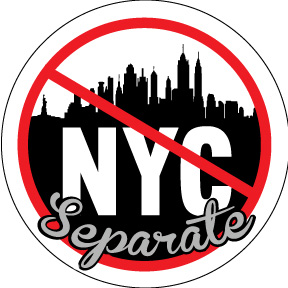BY: Tom Precious
BuffaloNews May 16, 2014
ALBANY – Nearly 200 years after Eliphalet Remington II forged his first rifle in Ilion, residents of the small central New York village are getting the bad news they have feared for more than a year: Remington Arms is moving production of two of its gun lines to Alabama.
While the company did not announce the outright closing of the facility that has been home to Remington since 1816, gun rights advocates said that day is now likely moving closer and they blame the state’s 2013 NY SAFE Act gun control law.
“This could very well be the beginning of the end of Ilion,’’ said Tom King, president of the New York State Rifle and Pistol Association, the state chapter for the National Rifle Association.
The Buffalo News last September featured Ilion in a story about residents there growing increasingly worried that Remington, the anchor in the village of 8,000 in Herkimer County, was under growing pressure to leave New York since passage of the SAFE Act.
Remington said it will move production of its Bushmaster line of semi-automatic rifles that are no longer legal for the company to sell in New York without modifications. It is also sending work on its popular 1911 R1 pistol.
A Remington spokesman made no mention of the SAFE Act in announcing the production line shift, nor the number of jobs affected, though King said he has been told as many as 200 of the 1,400 or so jobs at the facility could be lost.
“This was a strategic business decision to concentrate our resources into fewer locations and improve manufacturing efficiency and quality. We are working hard to retain as many people from the affected facilities as possible,’’ said Remington spokesman Teddy Novin. The company said several other subsidiary companies from other states are moving to Alabama.
Local officials, residents and business owners last fall told The Buffalo News that Ilion – which has the sprawling Remington factory sitting right in the middle of town – would be devastated if the company moved the plant’s operations. Everyone from a pharmacist to owners of a diner and hardware store said the company’s employees directly or indirectly help keep them in business along a Mohawk River region battered by decades of job losses.
Remington is now at least the third gun company to announce it was moving at least part of their operations since the SAFE Act was passed. One gun maker last fall said a couple dozen states had approached him about moving to their states that they pitched as more “Second Amendment-friendly.” A Finger Lakes gun maker said a couple of state economic development officials visited to see what kind of state assistance could help, months after other states already began wooing the firm.
In addition, New York-based gun companies have gotten hit with angry emails and letters from consumers in other states saying they will not buy guys made in New York.
The United Mine Workers local in Ilion, which represents Remington workers, did not immediately return a call seeking comment. The union dispatched members to an anti-SAFE Act rally in Albany last month.
King, from the NRA-affiliated group, said Remington has plans to expand its newly opened, state-of-the-art facility in Alabama and that the remaining jobs in Ilion could be lost within several years.
“I don’t think moving Bushmaster and their pistol line this early in the process to Alabama bodes well,’’ he said.
King said the shifting of two popular gun lines from Ilion to Alabama is not coincidence to New York toughening its gun laws.
“I wouldn’t doubt it’s SAFE Act-related in a New York minute,’’ he said. “The company made statements over and over again that when they bought the property in Huntsville, Alabama, that having a manufacturing facility in a Second Amendment-friendly area means a lot to them.’’
The SAFE Act was passed in the aftermath of the Sandy Hook elementary school massacre. Its provisions include stricter definition of banned assault-style weapons and a new ammunition purchase recording system that is not yet in place.
